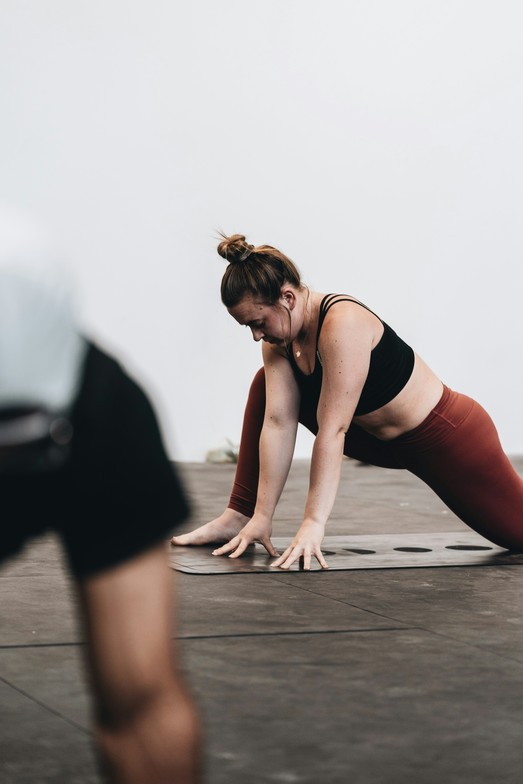
The psoas is a muscle that is often overlooked when examining causes of lower back pain. Research has shown that short and tight psoas muscles can contribute to many symptoms of lower back and hip issues.
HOW DOES THE PSOAS CONTRIBUTE TO LOW BACK PAIN?
The psoas muscle functions as a hip flexor and helps stabilize the lower back. It originates at the 12th vertebrae of the thoracic spine, attaching to all the lumbar vertebrae and intervertebral discs. It then passes through the hip and eventually inserts to the upper inner thigh.
When the psoas muscle is chronically shortened through overuse activities or prolonged sitting, it pulls on the lumbar vertebrae and increases the curve of the lumbar spine causing a condition called hyperlordosis and causes contracture of the psoas muscle. This increased arch in the lumbar spine can strain the erector muscles of the back and compress the spinal discs. Any muscle spasms in the psoas can also cause lower back pain.
WHAT ARE THE SYMPTOMS OF PSOAS PAIN?
- The pain is described as “buttock pain, pelvic pain, or groin pain”
- Weakened hip flexion and limited hip range of motion
- Pain and a sense of “catching” in the groin when the knee is flexed to 90 degrees
- Pain from going from a seated to standing position after prolonged sitting
WHO GETS TIGHT PSOAS MUSCLES?
Overuse,trauma and sedentary lifestyle contribute to tightness in the psoas. Psoas contracture is common in athletes participating in sports that flex the hip such as soccer. It can also affect office workers and drivers who are sitting for a prolonged period of time.
HOW TO TREAT LOWER BACK PAIN ATTRIBUTED TO PSOAS CONTRACTURE?
For many individuals that work at a desk, getting up and stretching every thirty minutes to an hour can help improve psoas contracture. For athletes or active individuals warming up before activity and also stretching after their exercise can help reduce psoas contracture. Psoas stretches such as the running man lunge and pigeon holds can aid in lengthening the muscle.
HOW CAN CHIROPRACTIC TREATMENTS HELP?
Studies have shown that patients with lower back and hip pain respond well to conservative treatment. Chiropractors perform adjustments to help maintain lumbopelvic stability, provide soft tissue manipulation to aid in stretching and lengthening the psoas muscle, and prescribe at-home stretches and strengthening exercises to reduce lumbar pain and prevent further injury.
Written by Dr. Sherma Libatique

Sherma Libatique
Contact Me


